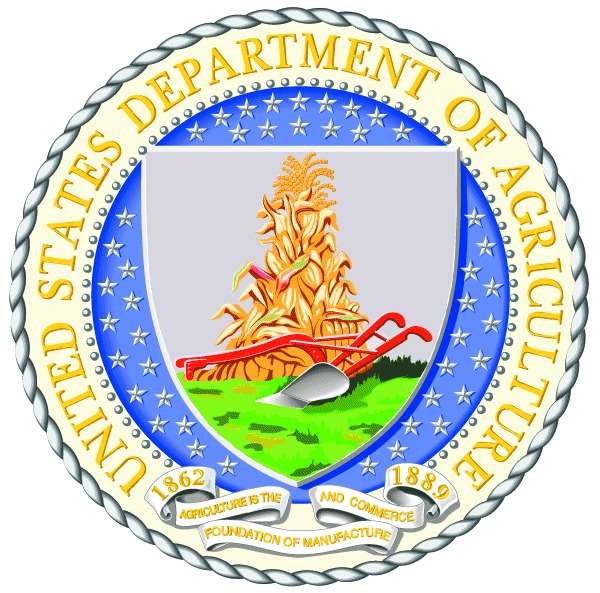Cut is equal to about $4.7 billion
By Diego Flammini
Assistant Editor, North American Content
Farms.com
An early version of President Donald Trump’s first federal budget has drawn some pushback from America’s ag industry.
The document, titled America First – A Budget Blueprint to Make America Great Again, includes a 21 per cent decrease in USDA funding. A decrease of that amount means the USDA’s portion of the budget would drop from $22.6 billion to $17.9 billion.
And since the document’s release, some farm organizations across the United States have come forward to voice their concerns over the proposed cuts.

“As the organization representing a new generation of farmers and ranchers already facing unprecedented challenges, the National Young Farmers Coalition (NYFC) calls on every Member of Congress to reject this short-sighted proposal,” Andrew Bahrenburg, NYFC’s national policy director, said in a release.
“With a rapidly aging farm population and most farmland on the cusp of transition, this is a critical time for U.S. agriculture. Though they still do not have a Secretary in the President’s Cabinet, farmers and ranchers need champions in Washington. We all have a stake in our nation’s food system.”
Some highlights from the budget list include:
- “Continues to support farmer-focused research and extension partnerships at land-grant universities and provides about $350 million for USDA’s flagship competitive research program. In addition, the Budget focuses in-house research funding within the Agricultural Research Service to the highest priority agriculture and food issues such as increasing farming productivity, sustaining natural resources, including those within rural communities, and addressing food safety and nutrition priorities.
- “Reduces funding for USDA’s statistical capabilities, while maintaining core Departmental analytical functions, such as the funding necessary to complete the Census of Agriculture.
- “Safeguards the Nation’s supply of meat, poultry, and egg products by fully funding the Food Safety and Inspection Service, which employs more than 8,000 in-plant and other frontline personnel who protect public health in approximately 6,400 federally inspected slaughter and processing establishments nationwide.
- “Fully funds wildland fire preparedness and suppression activities at $2.4 billion, 100 percent of the 10-year average for suppression operations, to ensure the resources necessary to protect life and property.
- “Eliminates the duplicative Water and Wastewater loan and grant program, a savings of $498 million from the 2017 annualized CR level. Rural communities can be served by private sector financing or other Federal investments in rural water infrastructure, such as the Environmental Protection Agency’s State Revolving Funds.
- “Reduces staffing in USDA’s Service Center Agencies to streamline county office operations, reflect reduced Rural Development workload, and encourage private sector conservation planning.
- “Reduces duplicative and underperforming programs by eliminating discretionary activities of the Rural Business and Cooperative Service, a savings of $95 million from the 2017 annualized CR level.”
And since rural America played a key role in Trump’s victory, some see the USDA cuts as broken promises.
“Instead of laying out a real strategy to create jobs and grow the economy across rural America, President Trump has introduced a budget that will do the exact opposite by making some of his deepest cuts to the Department of Agriculture,” Rep. Cheri Bustos, D-East Moline, told FarmWeekNow.com.
Trump’s budget also includes a 31 per cent decrease in funding for the Environmental Protection Agency.
“To this point, the president has put the needs of rural America and agriculture on the backburner, and, in many cases, on the chopping block,” Roger Johnson, president of National Farmers Union, said in a release.
“We call on Congress to reject these budget cuts and adopt funding levels that ensure the success and vibrancy of farming communities and rural America.”
These cuts are proposed as the USDA continues to sit without its Secretary. Sonny Perdue, Trump’s nomination for the position, has his confirmation hearing set for March 23.
Departments scheduled to receive funding increases include Defense, Housing and Urban Development, and Veterans Affairs.